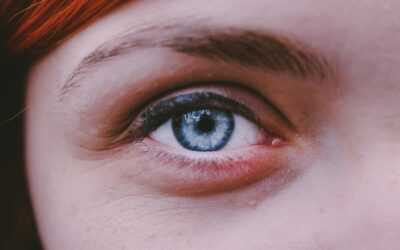There are many different types of artificial tears available as an over-the-counter option to help treat dry and irritated eyes. Understanding the difference between these types of eye drops can help to select the best eye drop to resolve your issue. Common types of artificial tears are standard lubricating tears, preservative-free tears, gel tears, and nighttime gel or ointment. Each of these types of artificial tears has a place in the treatment of dry eyes.
Why are Artificial Tears Used for Dry Eye?
Having dry eyes causes the front surface of the eye to become damaged due to friction that is present without the appropriate amount of tears in the eye.
The tears on the eye allow the eyelid to slide smoothly over the front of the eye and keep the front of the eye protected from the air and environment.
A dry eye will need supplemental tears in the form of artificial tears to better protect the front of the eye and reduce irritation and pain.
Standard Artificial Tears
The majority of artificial tears fall into the category of standard artificial tears or traditional artificial tears.
These eye drops come in a multi-dose bottle that holds several milliliters of artificial tears.
There are preservatives in the tears that allow them to be kept for weeks after opening the first time and used safely without any risk of infection.
These standard artificial tears are usually the first line option for dry eyes.
If there are no specific concerns or complications, using this type of eye drop three to four times a day can provide a great treatment option for dry eyes.
Preservative-Free Artificial Tears
Unlike the standard artificial tears that are bottled with a preservative and used for an extended period of time, preservative-free artificial tears come in a single-use vial and are designed to be used once and disposed of.
The advantage of the preservative-free option is that these can be used over contact lenses and these drops are much less likely to cause damage to a sensitive cornea since there is no preservative in them.
This is the best option for dry eyes associated with contact lens wear, the dry eye that occurs after surgery like LASIK, or anyone sensitive to preservatives.
Gel Artificial Tears
The category of gel artificial tears includes drops that are designed to be thicker and remain on the eye longer than the standard or preservative-free styles.
These gel tears are still a liquid but are viscous and have components that keep the tears adhered to the eyes.
Gel tears are the best option for dry eyes caused by eyelid positioning issues such as an inward or outward-turned eyelid.
Night-time Gel or Ointment Tears
For the thickest option, night-time gels or ointments are used. These tears are nearly solid and can be applied to the eyelid before bed for coverage and protection throughout the night.
These thicker tears will cause blurred vision but are generally only used overnight or with a severely damaged eye.
Selecting the Best Artificial Tear
When purchasing an artificial tear drop, it is important to evaluate your needs and the type of drop that meets those needs.
Discuss with your doctor to identify which option or options are best for you.





